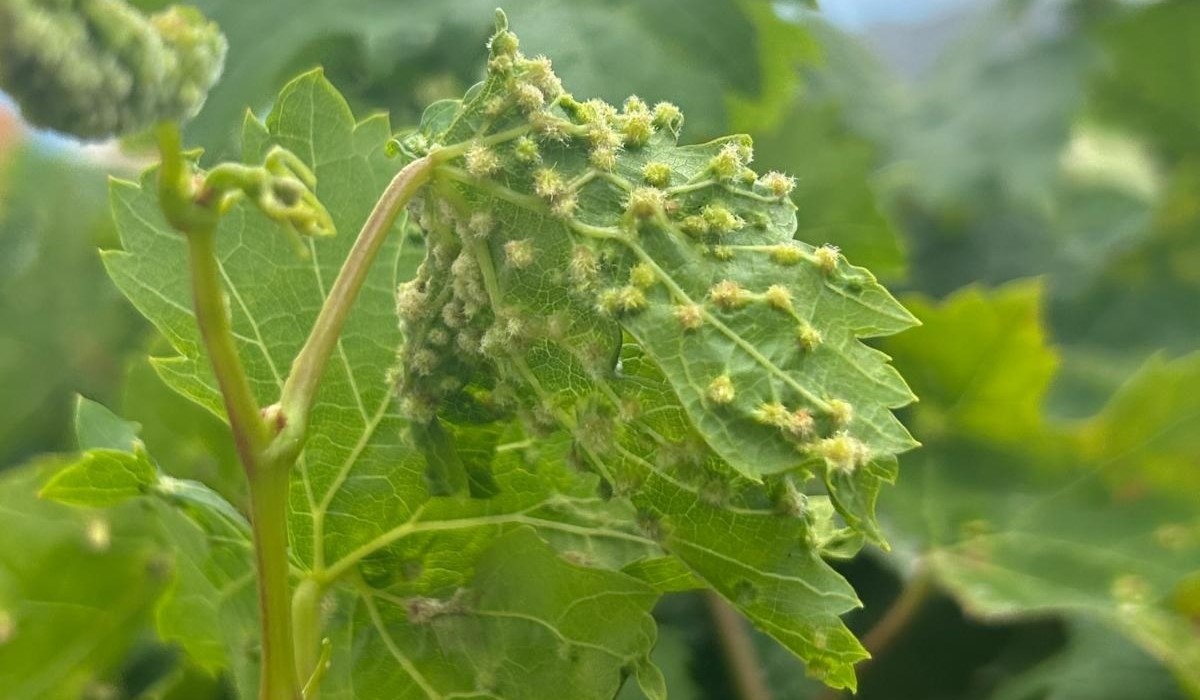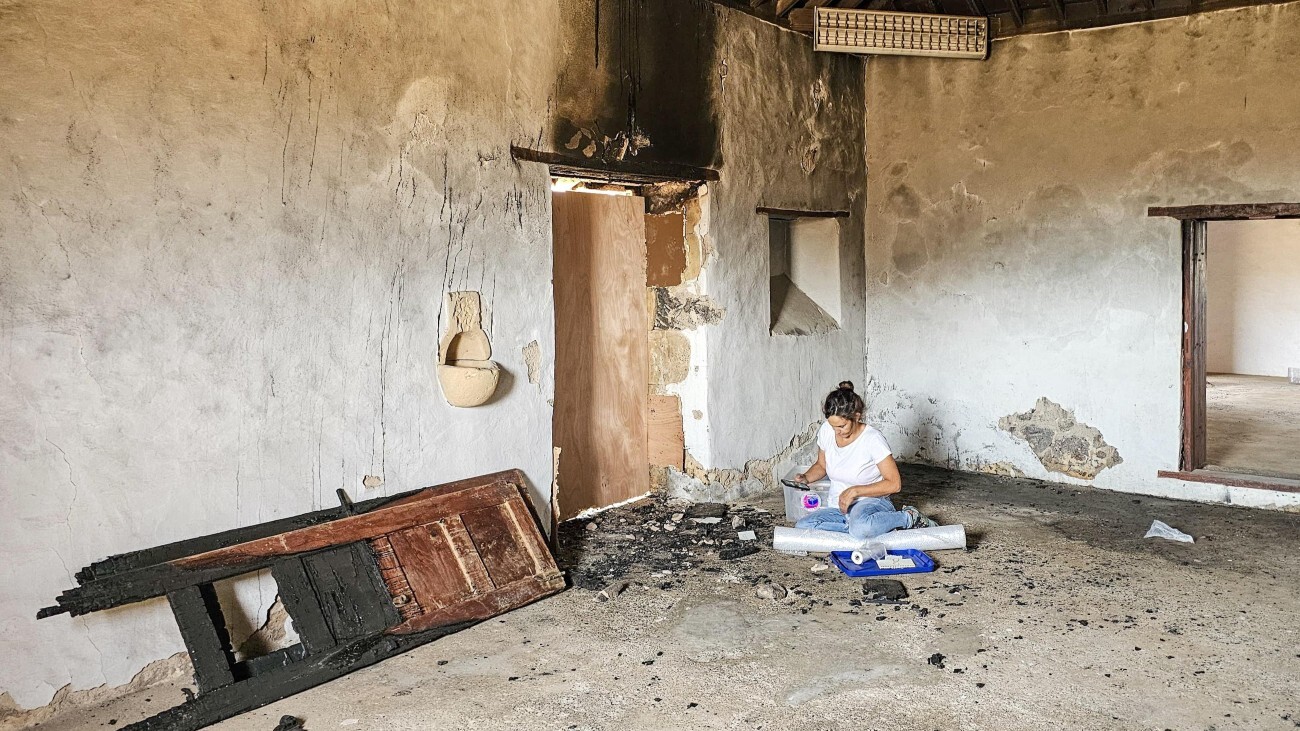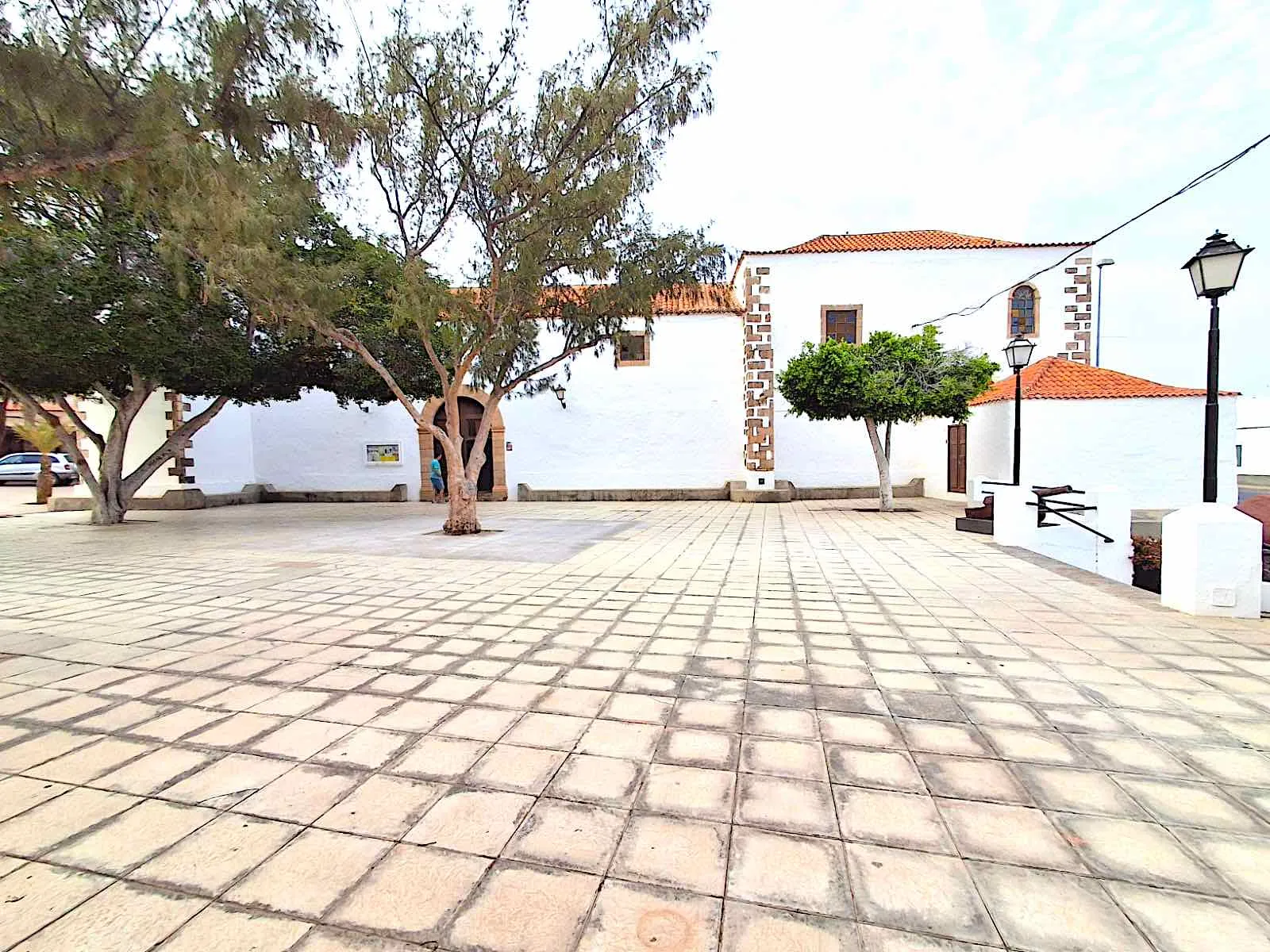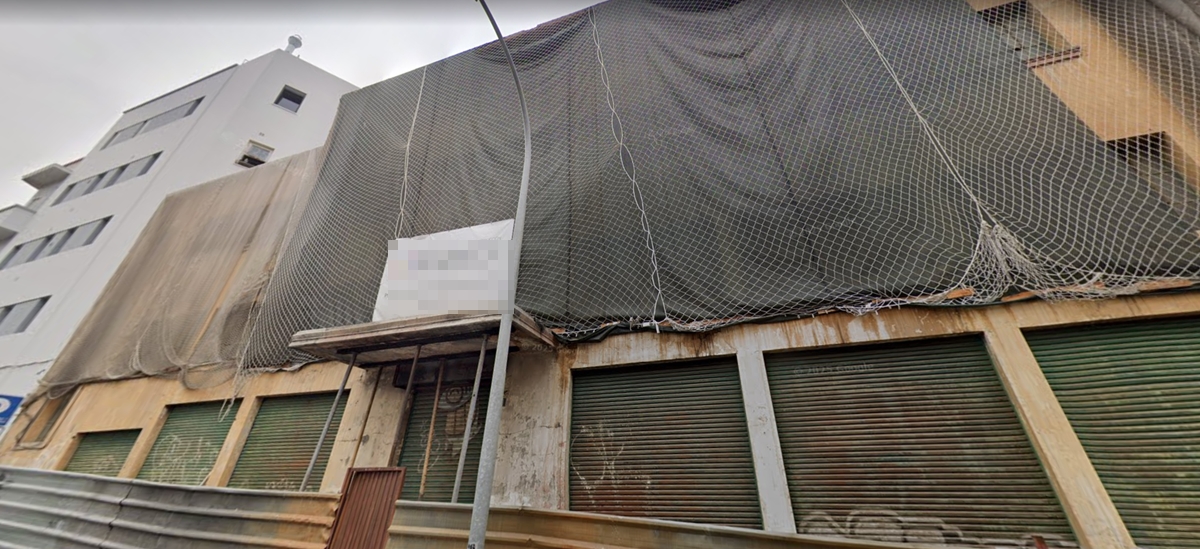The Government of the Canary Islands announced on Friday the order declaring the presence of the vine pest, Daktulosphaira vitifoliae Fitch, in the Canary Islands, due to a detected outbreak in the Acentejo area of Tenerife. This order establishes the public interest of combating this insect and implements “urgent phytosanitary measures for eradication and control to prevent its spread.”
According to the text, in order to preserve the Canary Islands’ viticultural heritage and prevent the pest from spreading to other areas of Tenerife or other islands, immediate phytosanitary measures must be adopted. These include restrictions on the movement of plant material and fresh grapes. The order is effective as of today, following its publication in the Official Bulletin of the Canary Islands.
These measures have the support of a significant portion of the sector, as expressed in recent days by various regulatory councils and the Asaga Canarias itself. However, the Association of Winemakers and Vintners of the Canary Islands (Avibo) issued a statement today expressing its “deep concern over the management being undertaken by the Administration following the detection of the pest,” highlighting disproportionate measures and even “inconsistencies.”
The winemakers’ association expresses its position firmly, asserting that “the adoption of populist, unfounded, and disproportionate measures, disconnected from scientific and economic criteria, threatens the viability of a sector that occupies the second position in cultivation area in the archipelago, with nearly 7,000 hectares and over 8,000 winemakers.”
Avibo states that the requirement for a technical report for all harvests bound for wineries outside traditional regions is operationally unfeasible: “This would involve inspecting more than 1,000 plots during the harvest period, without the necessary human resources to do so. A measure of this magnitude, rather than offering solutions, could end up collapsing the ongoing campaign,” they remarked.
Furthermore, the association asserts that “according to official data,” only 30 infected plants have been detected within a very limited radius and that most of them are located on a farm owned by the government (the Agricultural Training School of Tacoronte). Sources from the Department of Agriculture dispute this information, claiming that only one affected plantation is located at that site, as reflected in the map included in the order published today.
Avibo believes that “in no circumstance can indiscriminate restrictions be justified between regions where there is no presence of phylloxera, nor impossible-to-execute measures,” given the small size of the outbreaks, which consist of only 30 plantations, compared to the 3,000 hectares of vineyards and over 10 million vines estimated to exist in Tenerife.
As set out in the order, during this year’s harvest campaign, the transport of fresh grapes from the island of Tenerife to any other island in the archipelago is prohibited. Moreover, the transport of fresh grapes from the other islands to Tenerife, as well as between the other islands, is also forbidden. The Department may authorise the movement of fresh grapes from the other islands to Tenerife, as well as between the islands themselves, with the exception of Tenerife, strictly under phytosanitary control conditions and with prior movement authorisation issued by the Directorate General of Agriculture.
Additionally, the regulation directs the island councils to adopt measures concerning hunting, aiming to prevent the spread of phylloxera while the declaration of the pest remains in effect, in relation to the entry of hunters and their dogs into the designated area.














